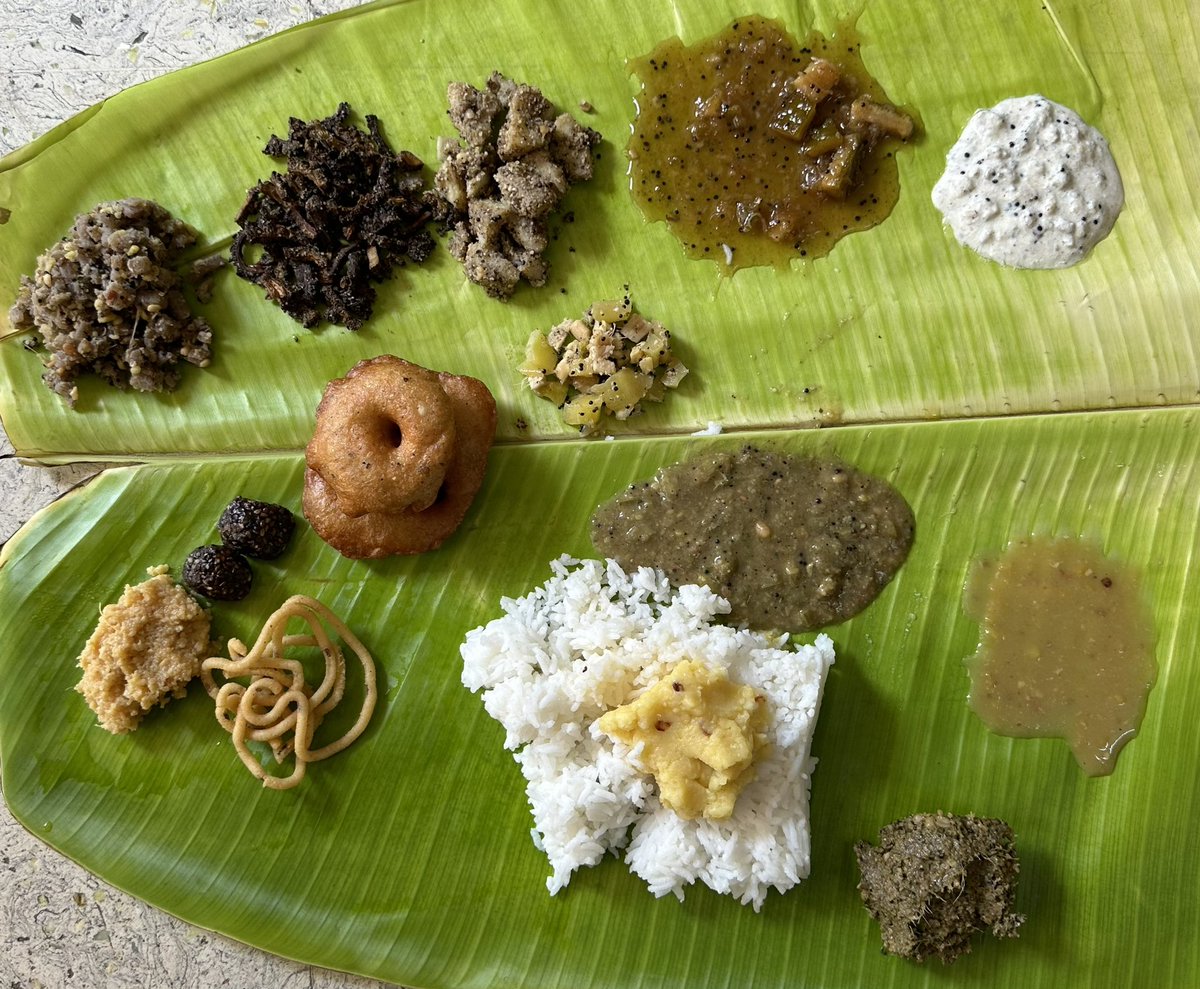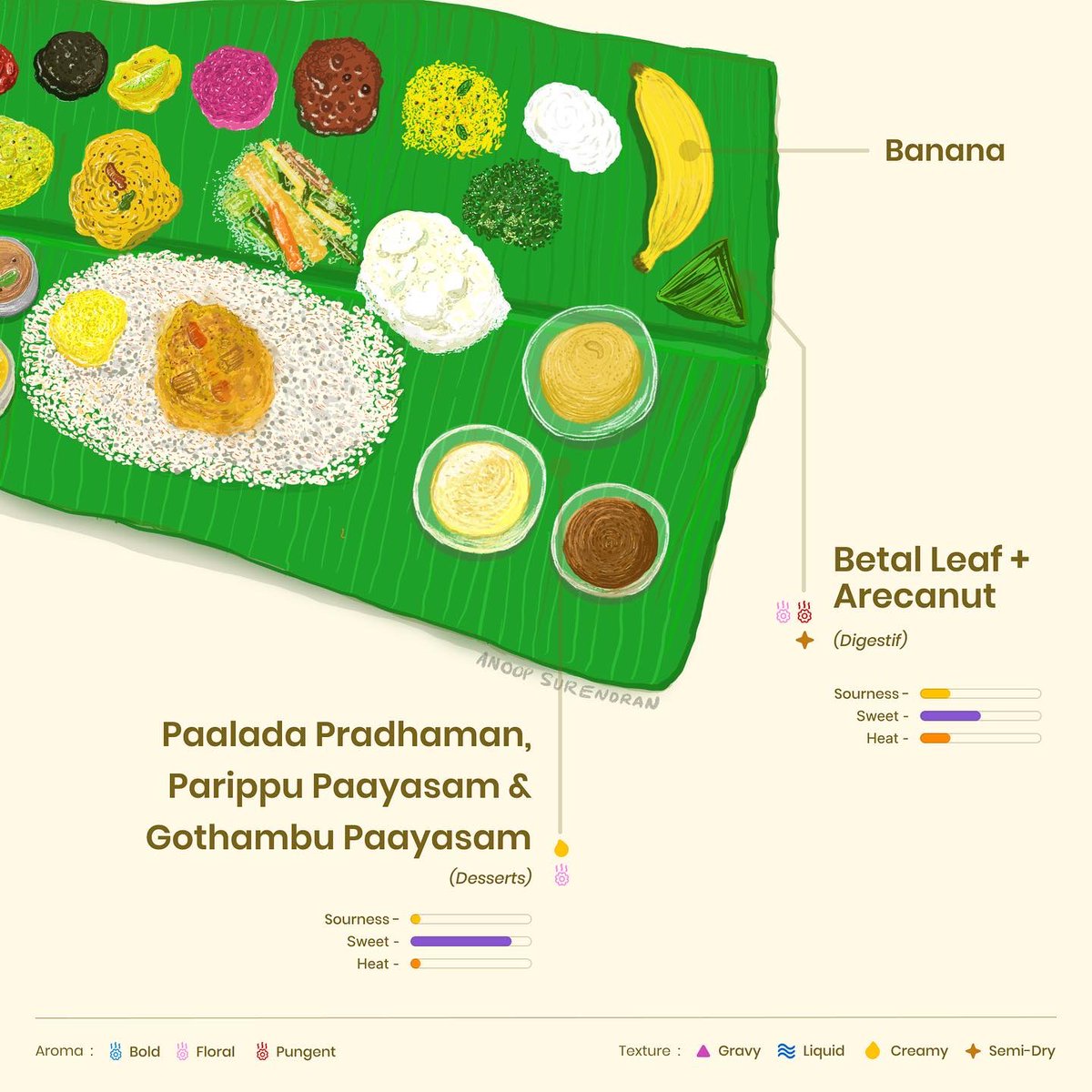I've been thinking about the relationship between truth and relevance, and while it's reasonably obvious that what is relevant is more often than not truthful, what is true is not always relevant.
A common recent critique of a lot of mainstream journalism is its perceived failure in presenting the objective truth, thus the "fake news" label. But I think it's the failure of relevance that is a far bigger problem
Tech has looked at an editor's job over the last decade and challenged it with - "Why does he get to decide what is true?. But we need to look at tech and ask - "Why does an algorithm get to decide what is relevant?"
Tech can disintermediate facts but I don't see any evidence that it can disintermediate relevance. One of the biggest cons we have been sold is that "algorithms are not biased".
Of course, journalists are flawed and biased, but if you think outsourcing relevance filtering to a digital ad revenue-maximizing algorithm is a good idea, good luck!
As for the question - "But how do you define the relevance of news?", we don't need to get all abstract or theoretical. Relevant news is whatever constantly challenges the ruling establishment, no matter what party in power. That's why it's a pillar of democracy and all that.
Criticism of the establishment, even the exaggerated & unfair kind, is still relevant to staying democratic, & you can always form a nuanced opinion by reading multiple sources. The rest is PR, particularly the high decibel "let's hold the toothless opposition accountable" crowd
While the oppressed always live in an Orwellian dystopia, the rich and privileged like us live in Huxley's dystopia - a world where the truth tends to be drowned in a sea of irrelevance.
• • •
Missing some Tweet in this thread? You can try to
force a refresh













